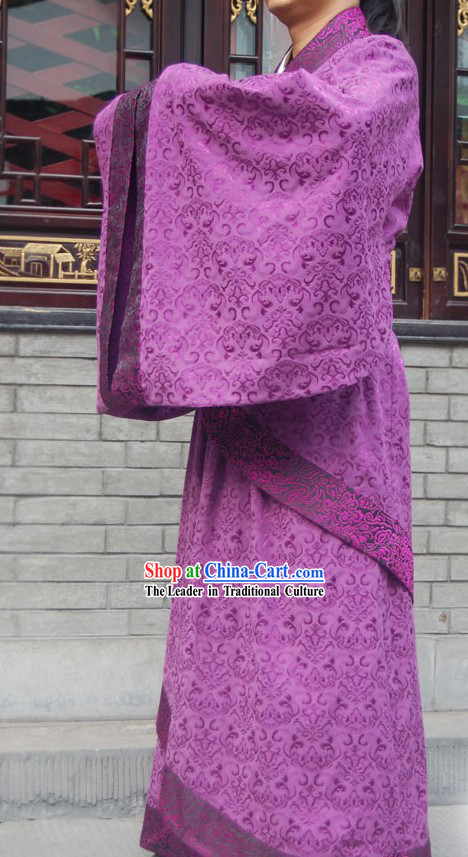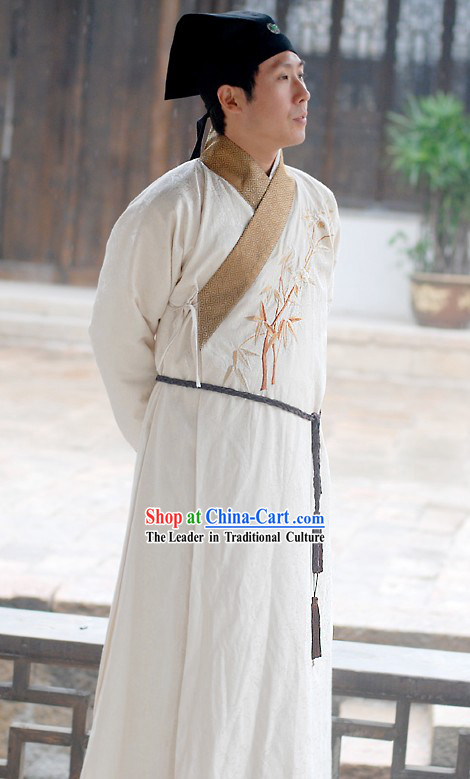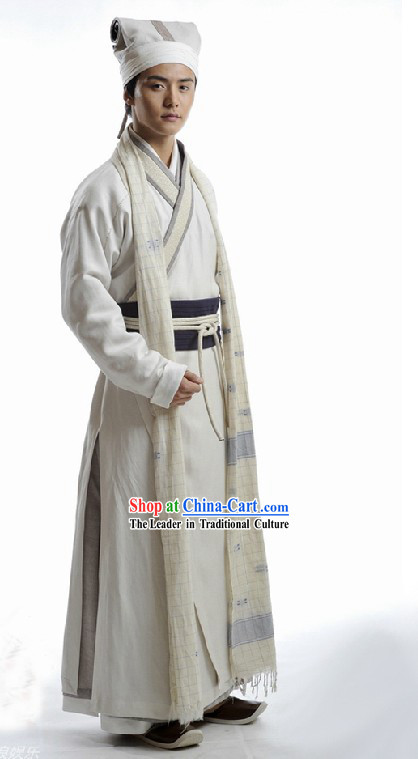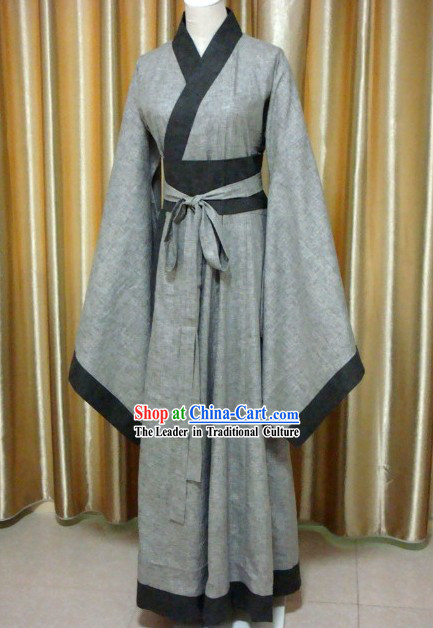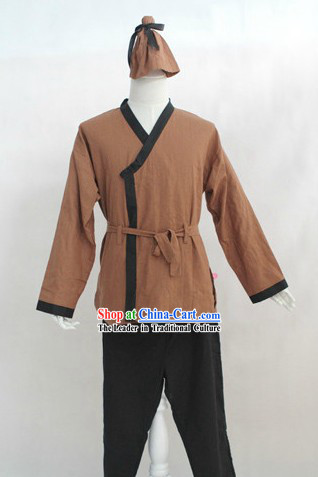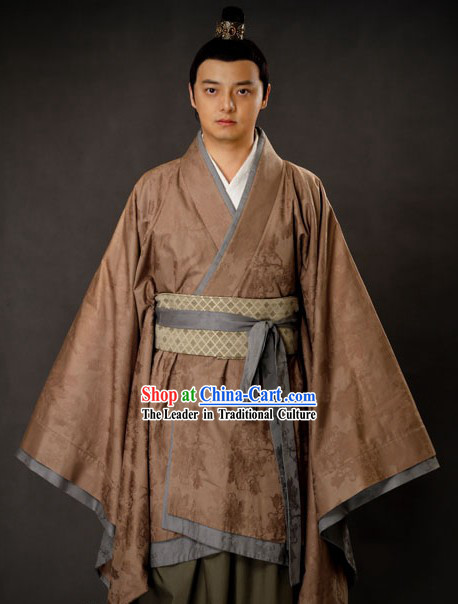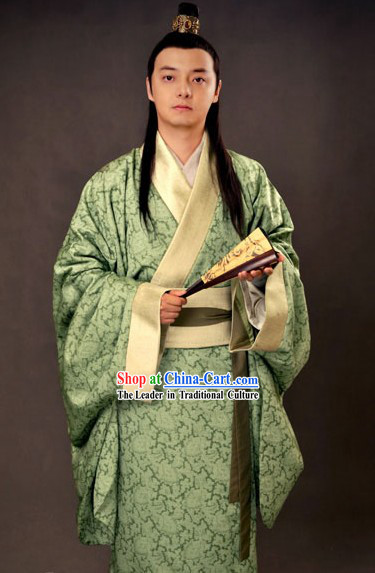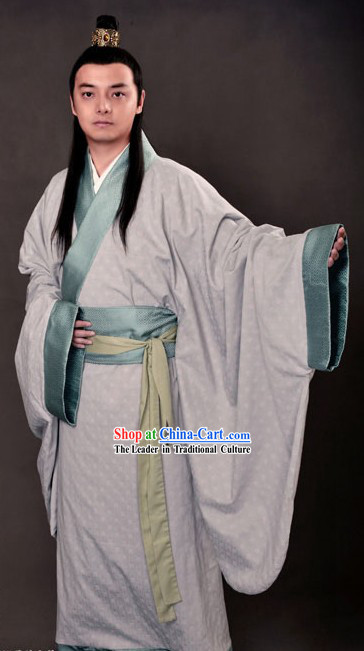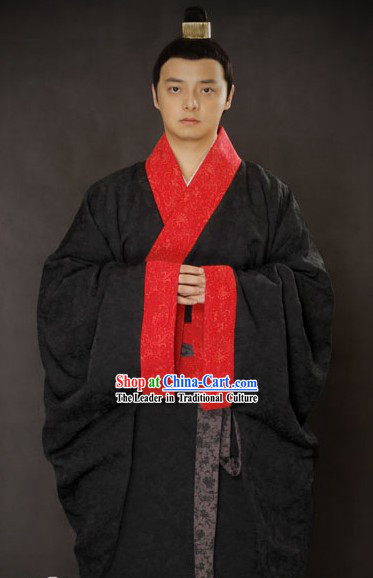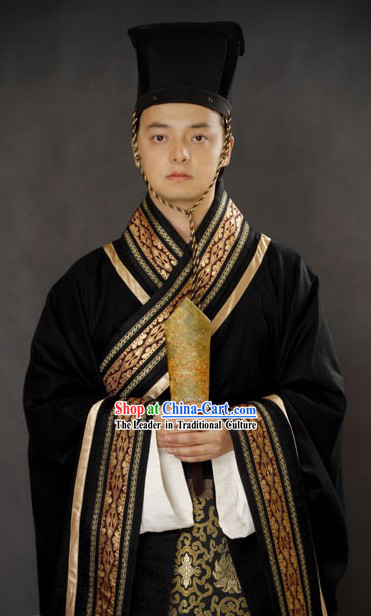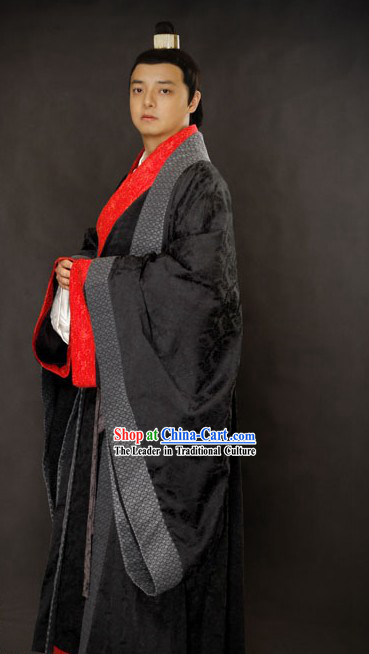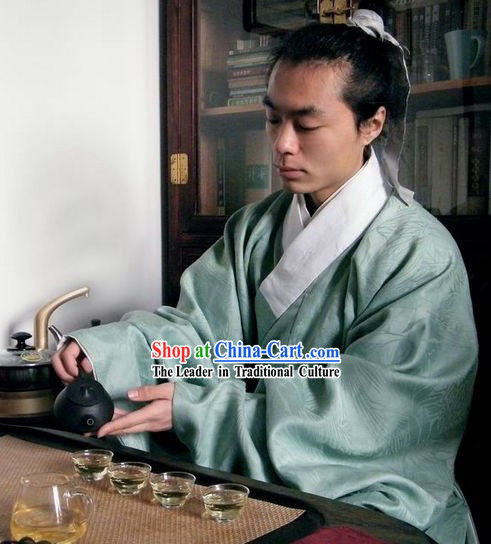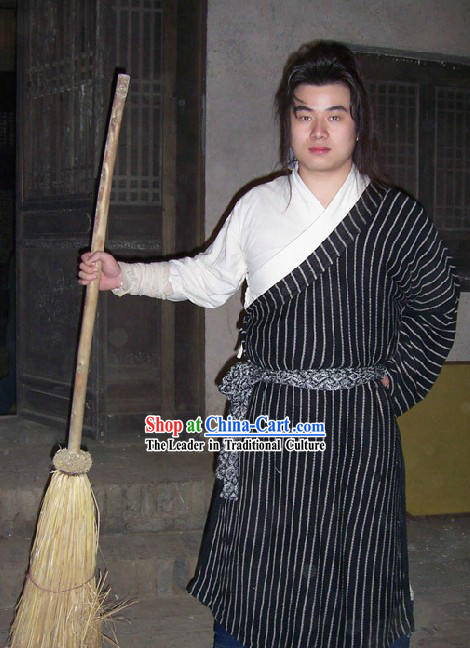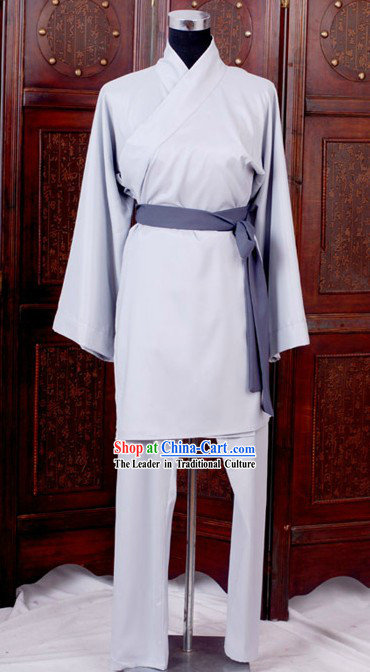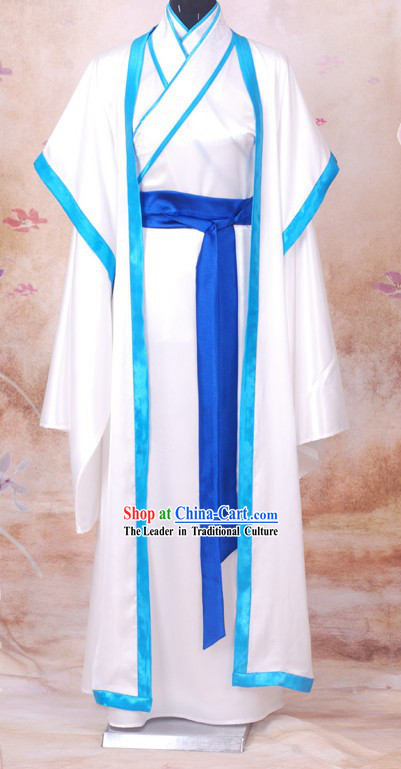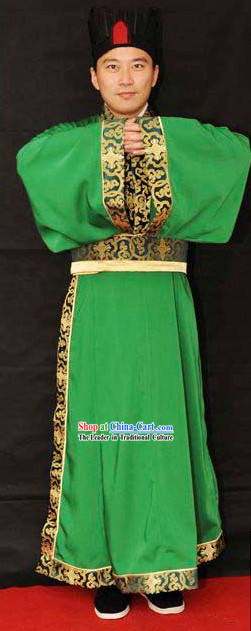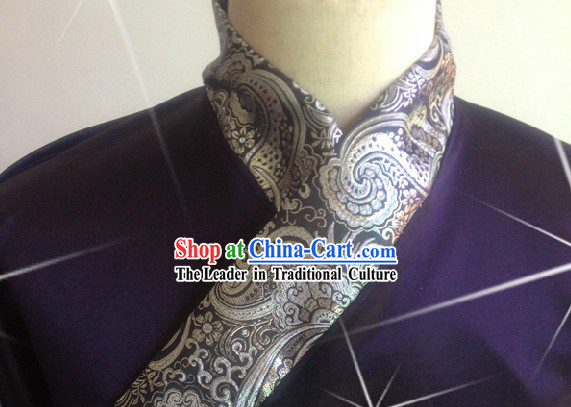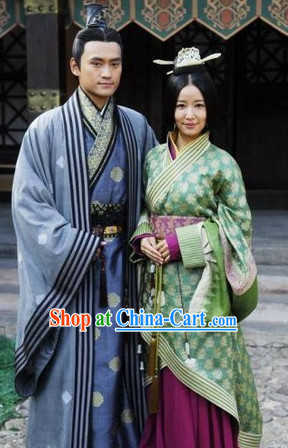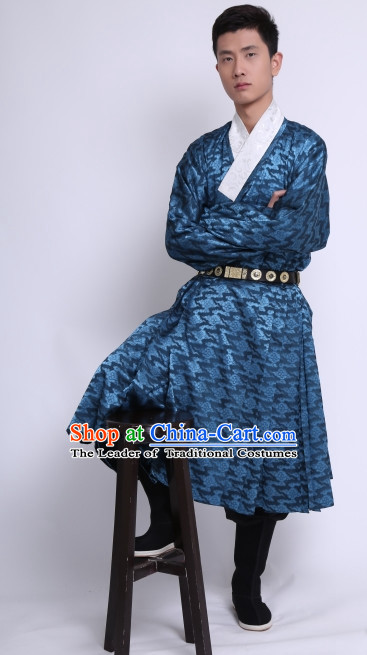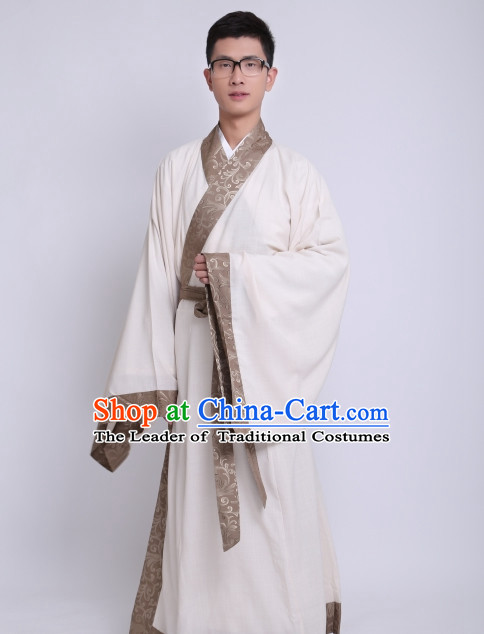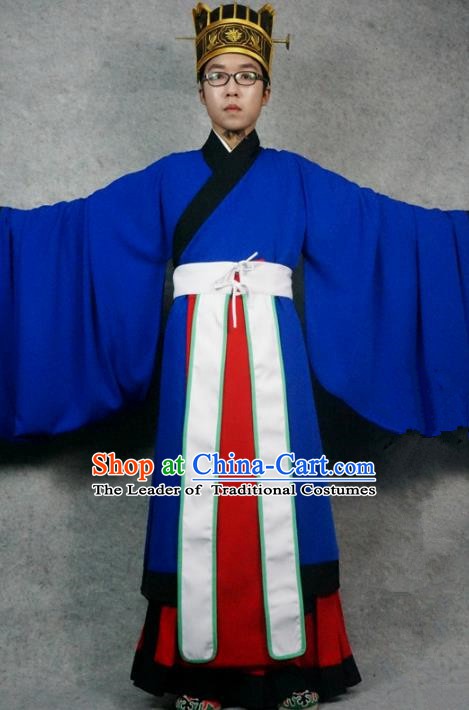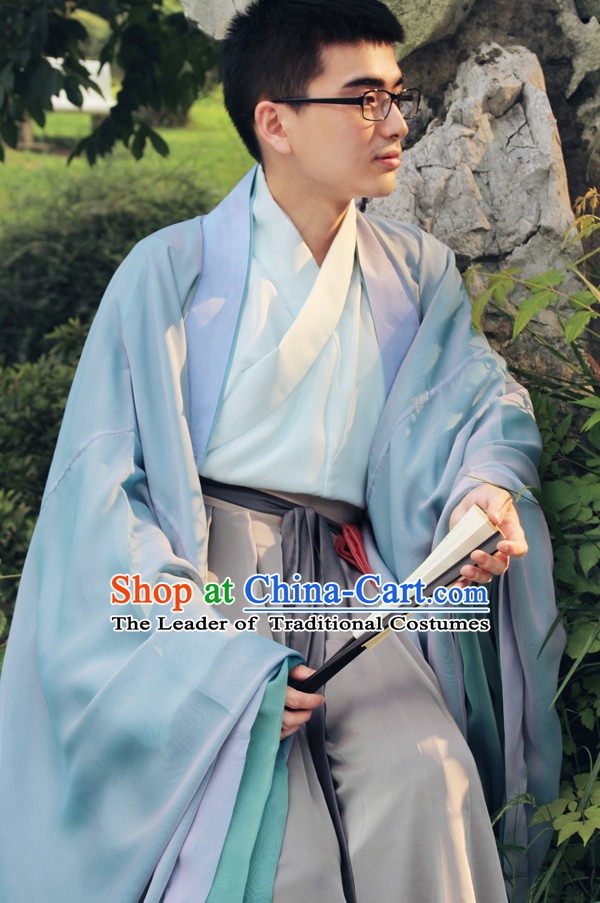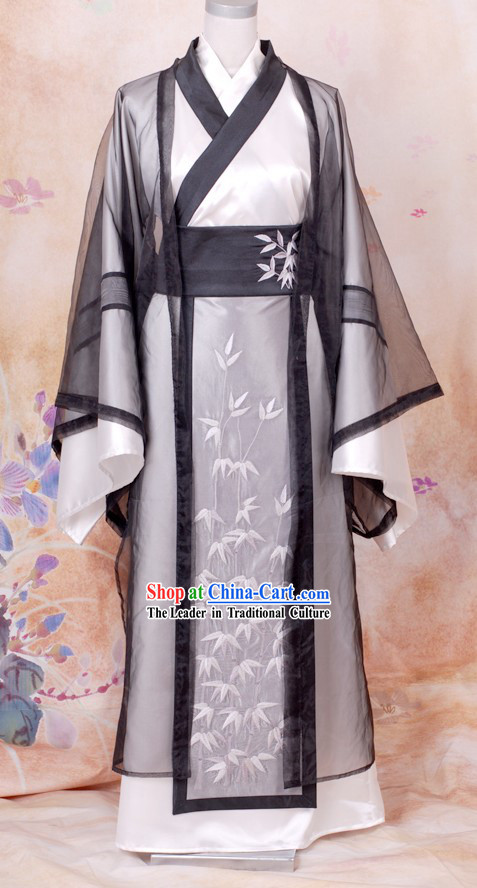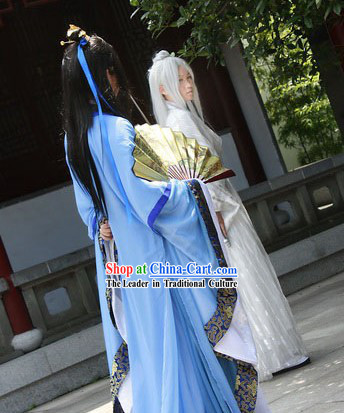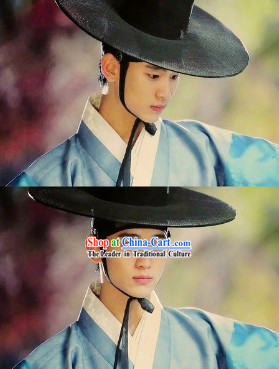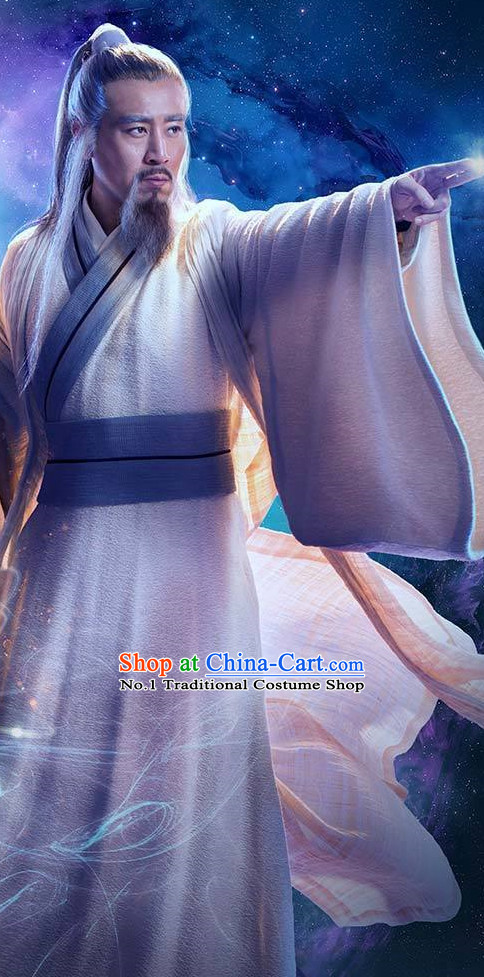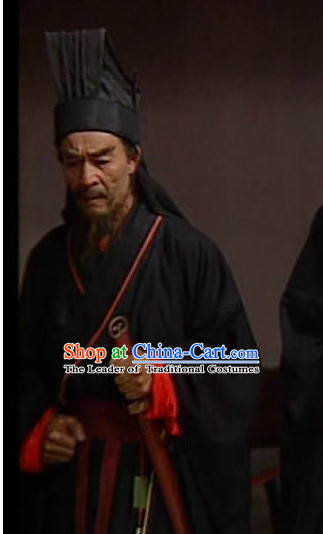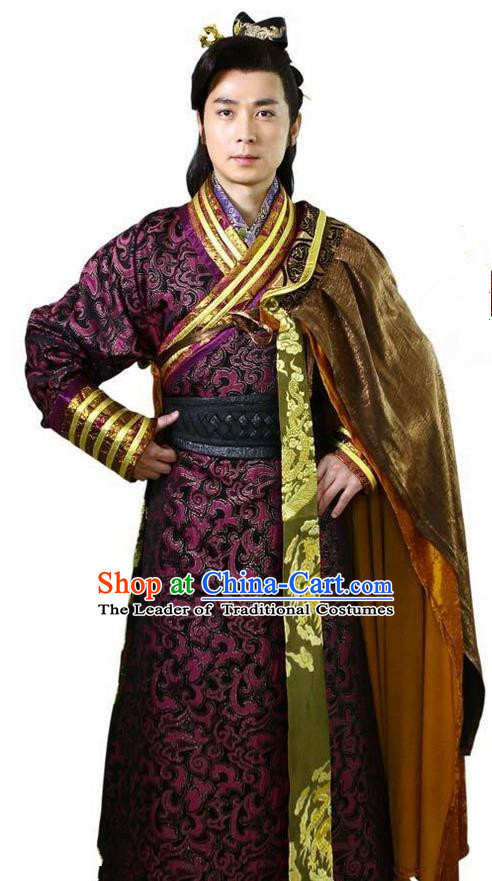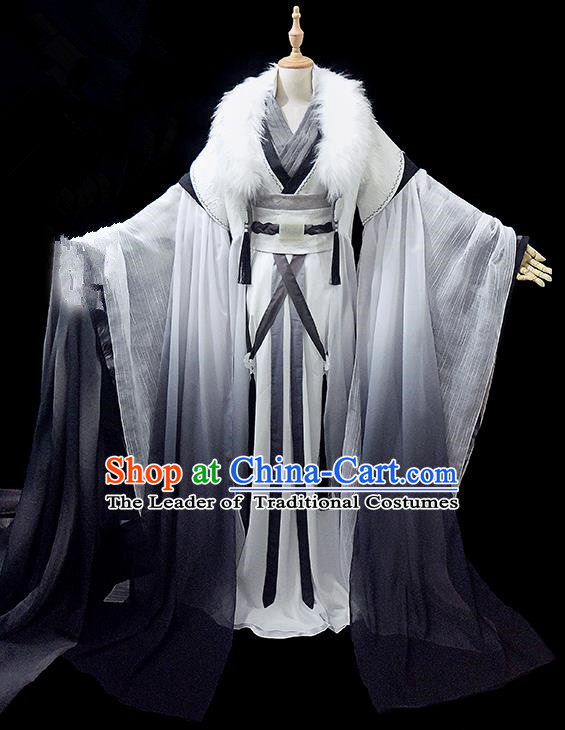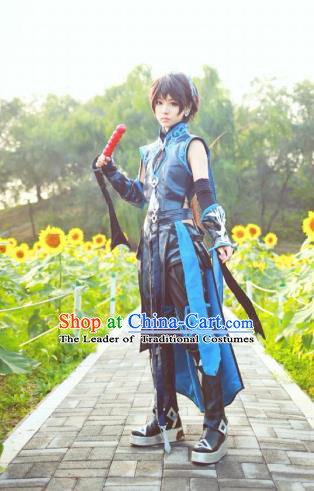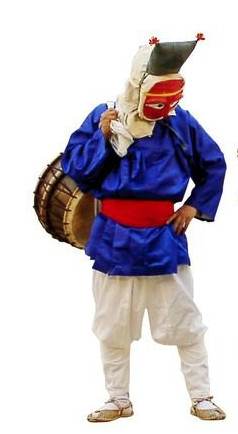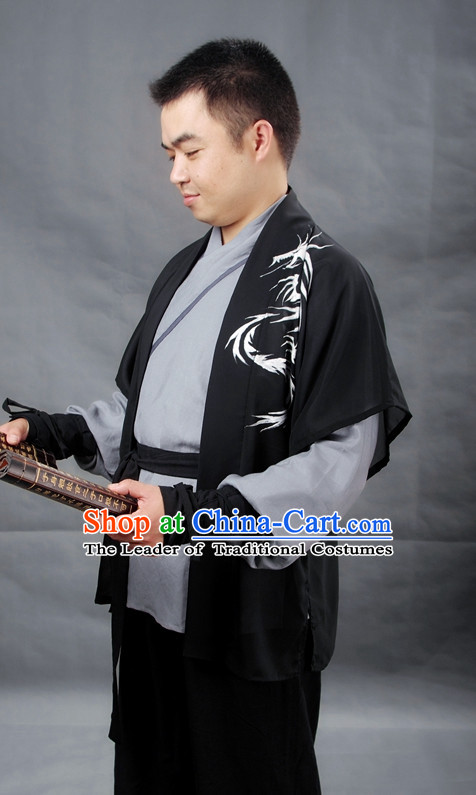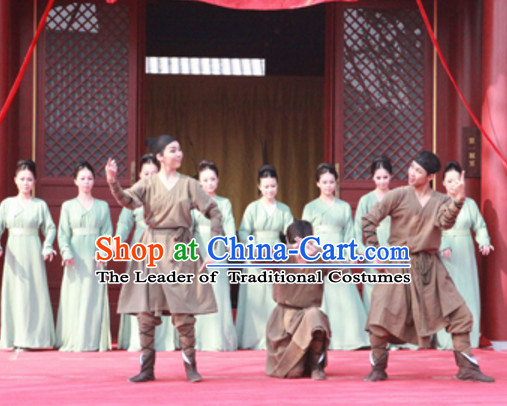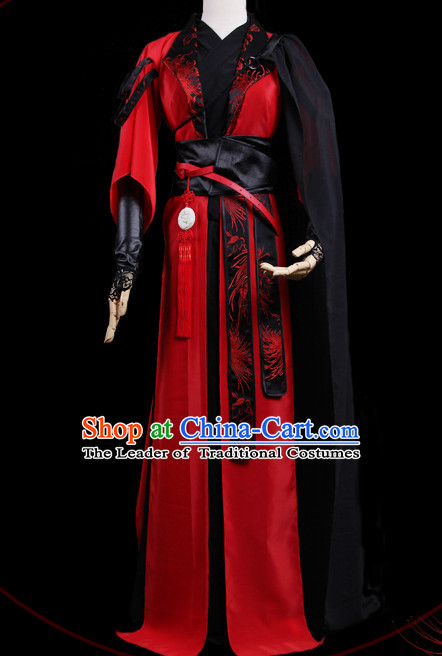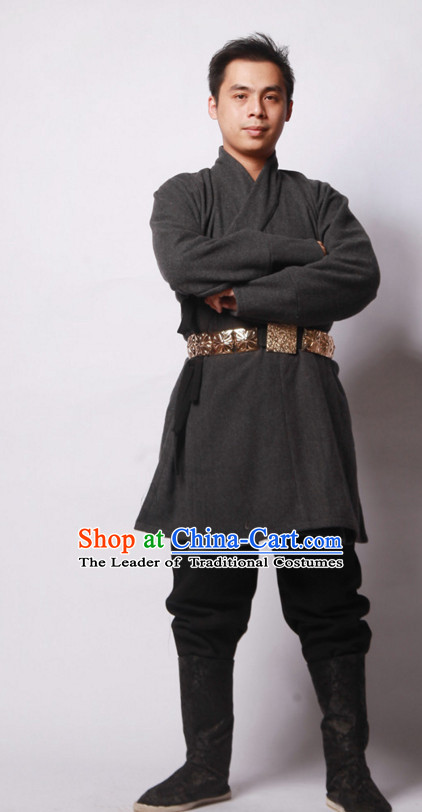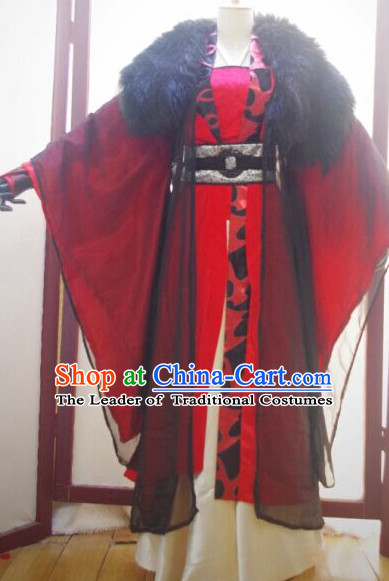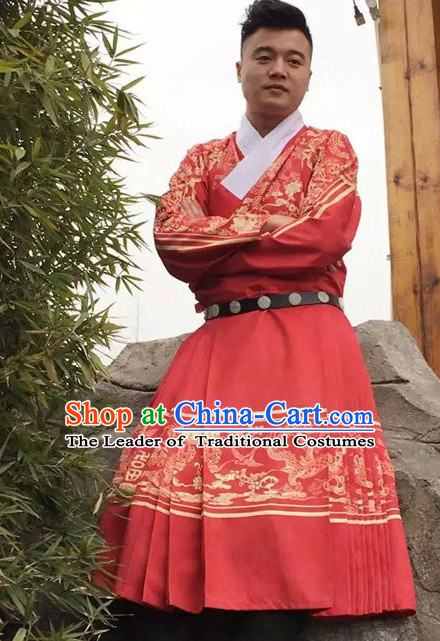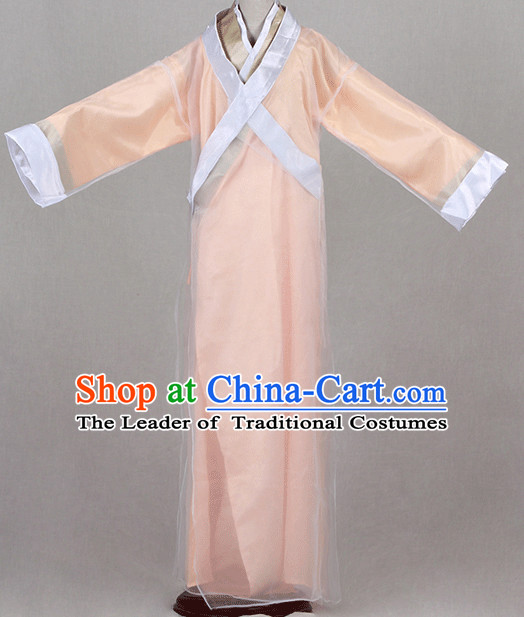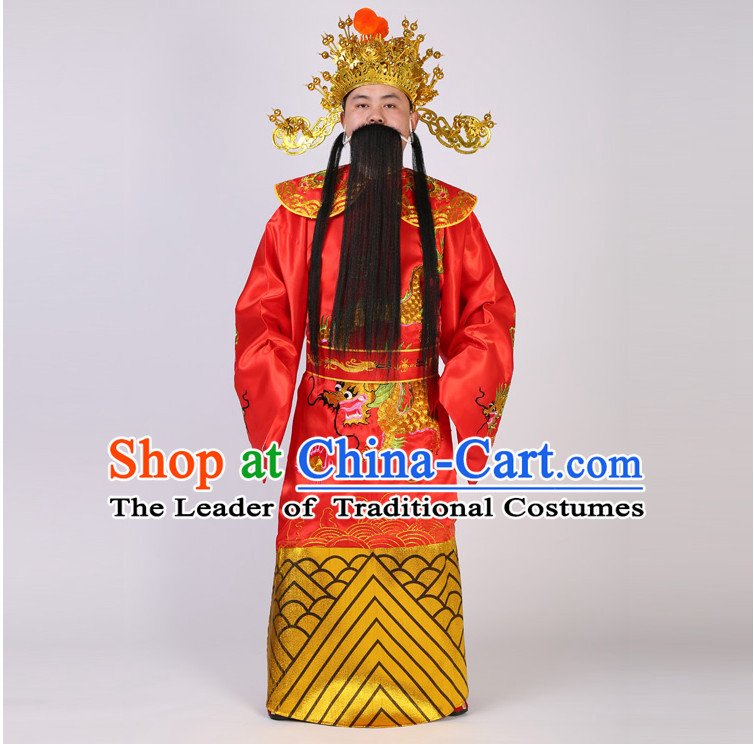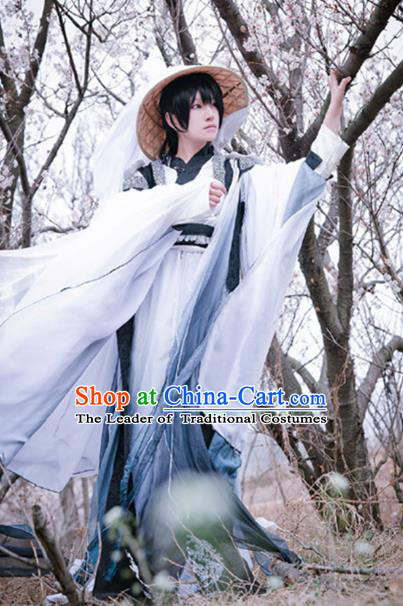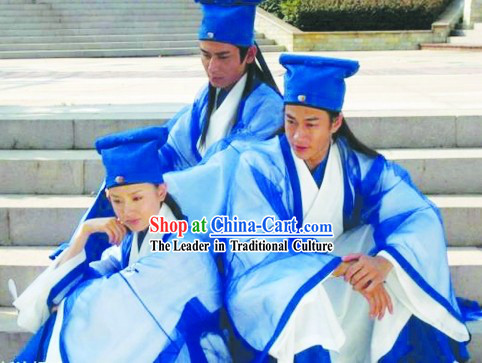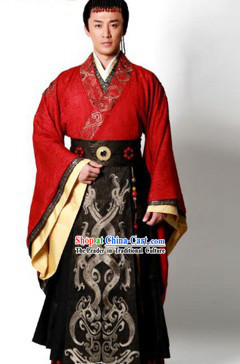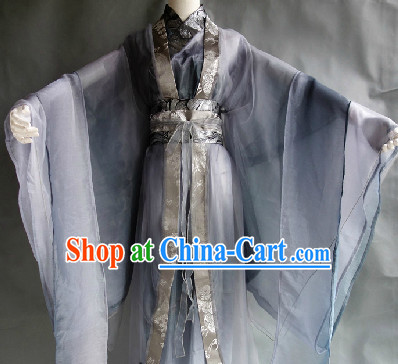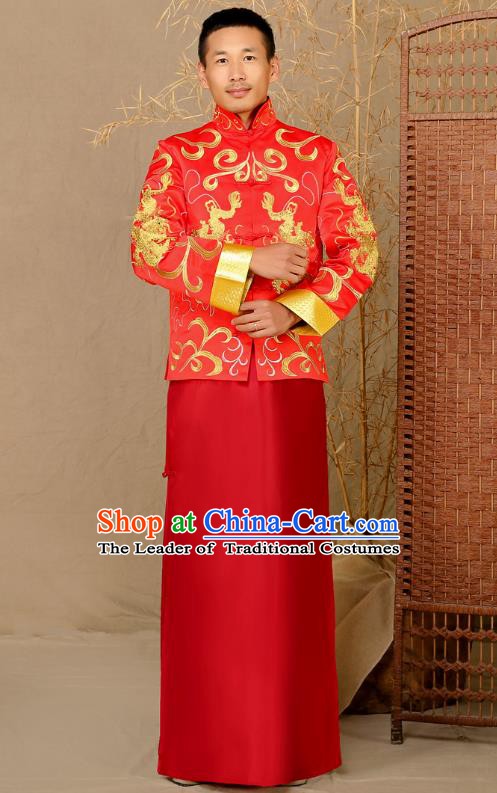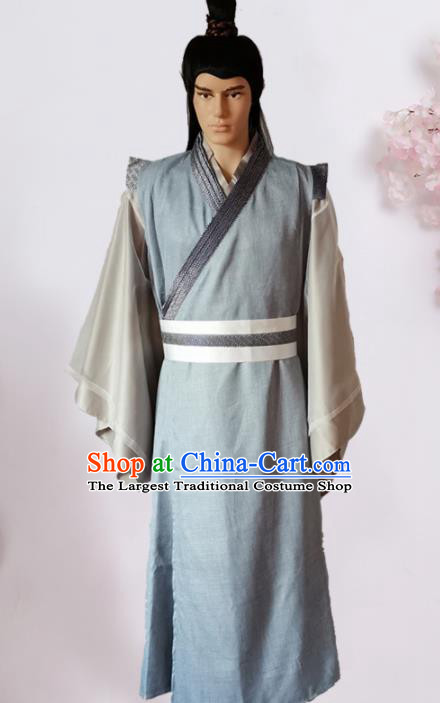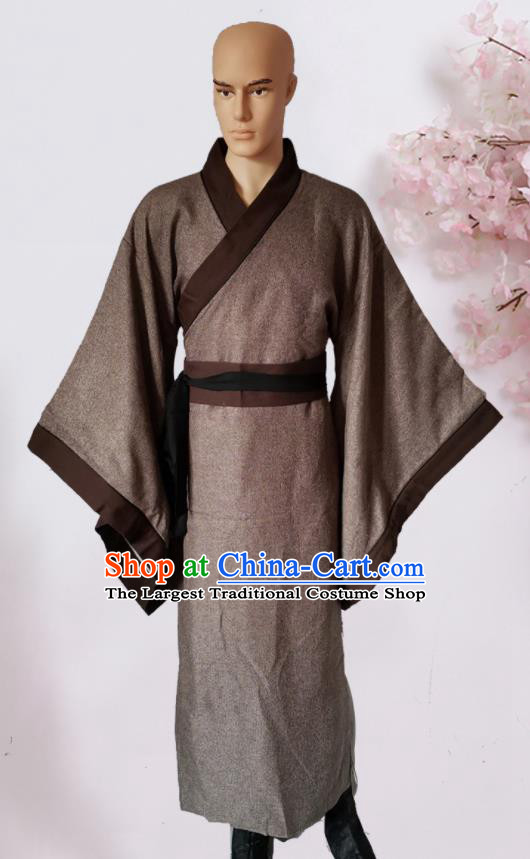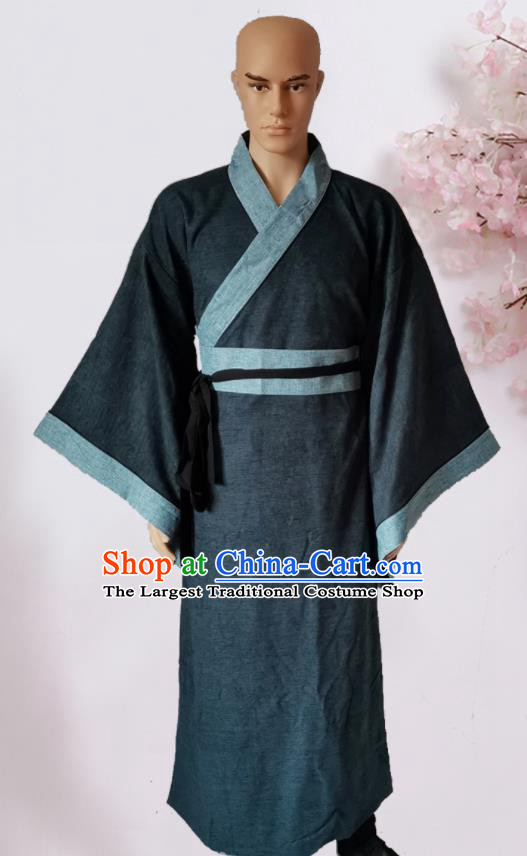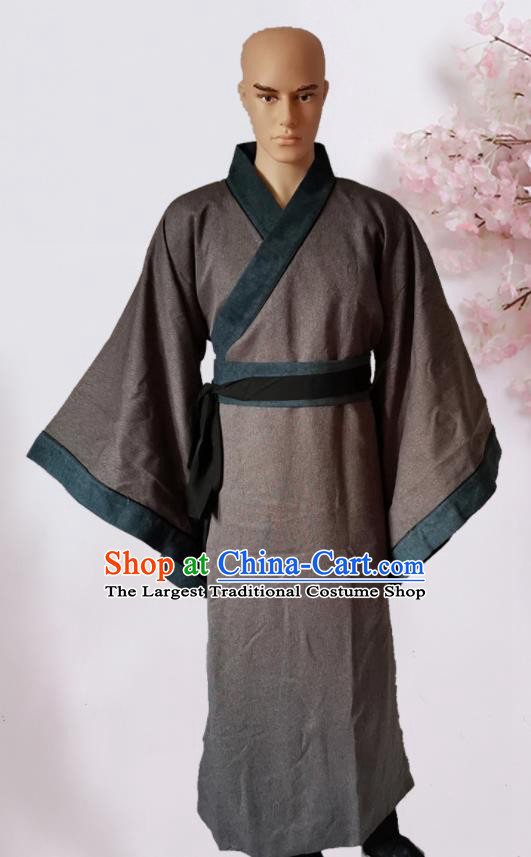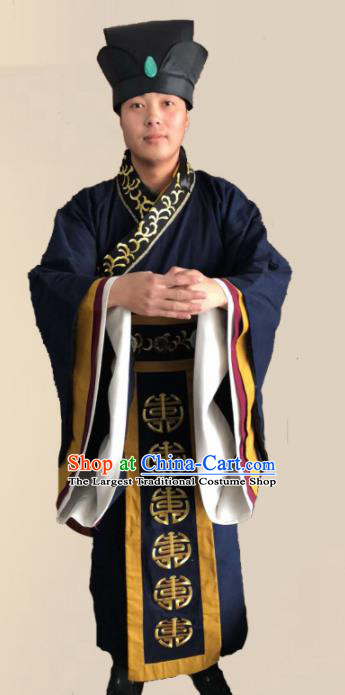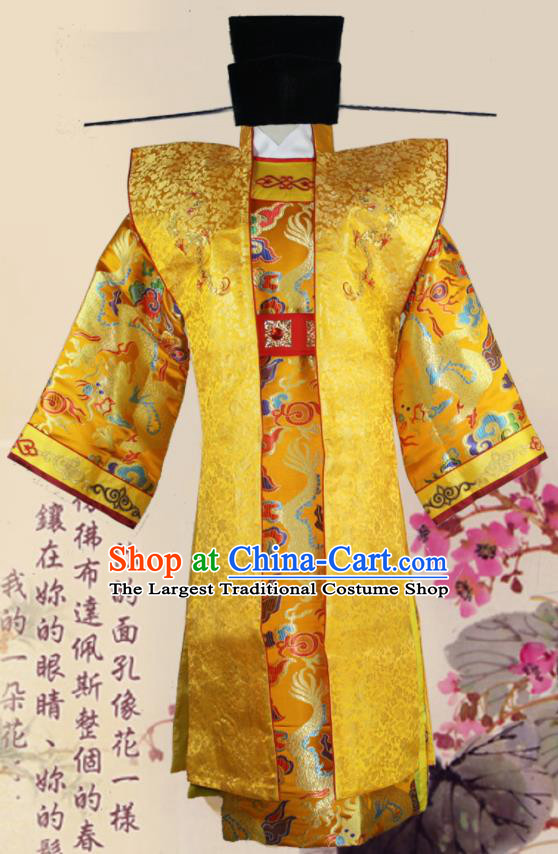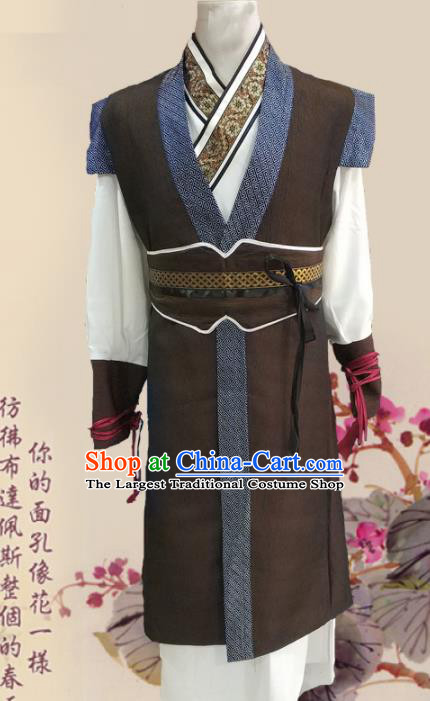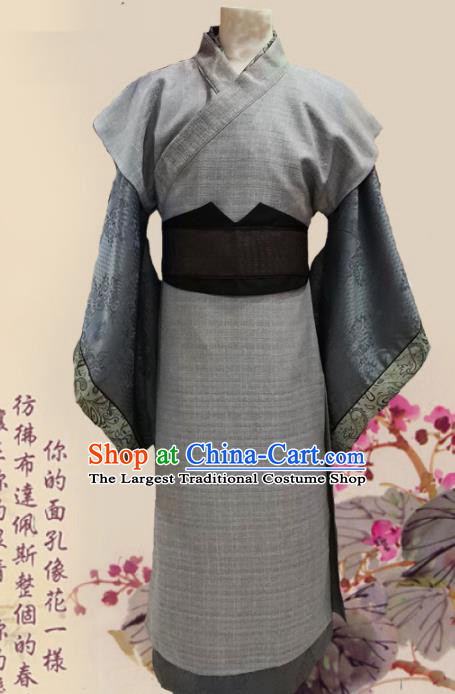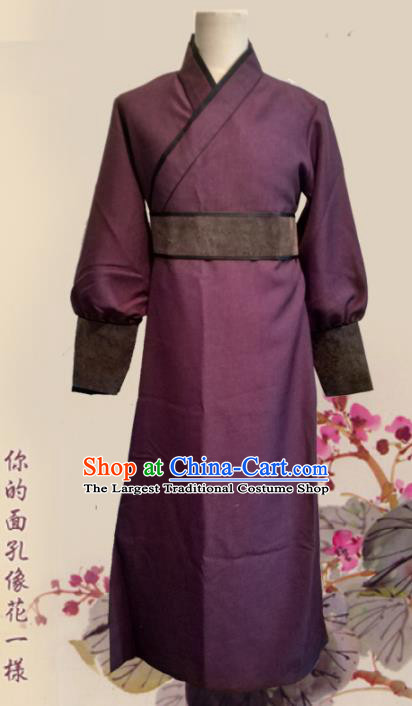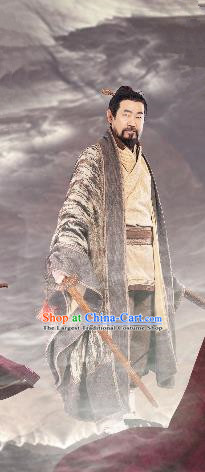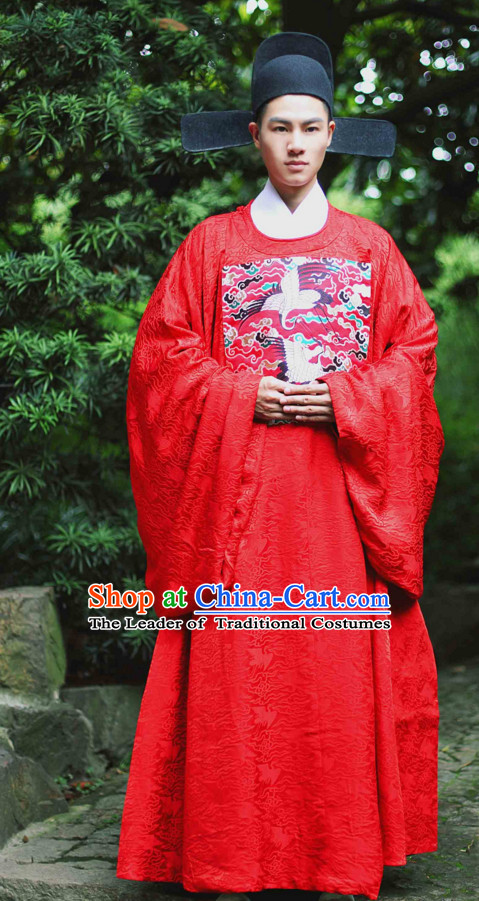
Click Related Pictures for More Audios:
The clothing of ancient Chinese men, especially the Hanfu, is an important part of Chinese culture.
It represents history, tradition, and aesthetic values, reflecting the political, economic, and cultural environment of ancient China.
The Hanfu is famous for its elegant design, exquisite craftsmanship, and rich symbolism.
The history of the Hanfu can be traced back to the late Shang Dynasty around 2000 BC and lasted until the end of the Qing Dynasty.
Different dynasties and regions had different styles and characteristics, but they all followed similar design principles and aesthetic standards.
The Hanfu usually consists of a long robe, pants, shoes, and accessories, which together form a complete outfit.
The design of the Hanfu emphasizes balance and harmony, highlighting the proportions of the human body and the beauty of lines.
The long robe features wide sleeves for easy arm movement, while the pants fit closely to the legs for comfort.
Shoes are usually high or low boots that coordinate with the pants.
Accessories include headwear, waistbands, collar buttons, and cuff buttons, adding personality to the overall look.
In addition to its visual appeal, the Hanfu also has significant symbolic meaning.
For example, the color of the long robe is often associated with seasons and occasions.
Red represents joy and good fortune, while black symbolizes sadness and mourning.
Furthermore, the Hanfu reflects the social hierarchy of the time.
Nobles wear luxurious Hanfu while commoners wear simpler styles.
In conclusion, the clothing of ancient Chinese men's Hanfu is a unique cultural heritage that represents the richness and diversity of Chinese civilization.
By studying the history, design, and symbolism of Hanfu, we can better understand the values, aesthetic views, and influence on modern fashion of ancient Chinese society.
